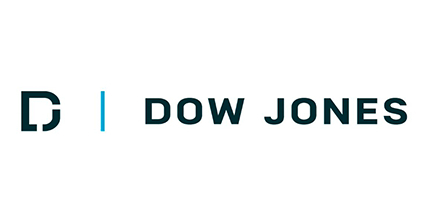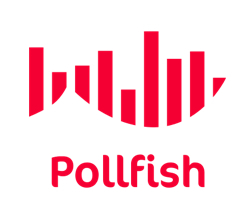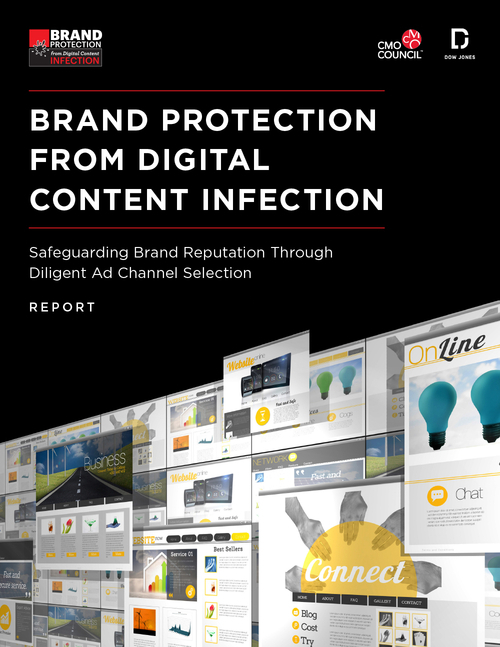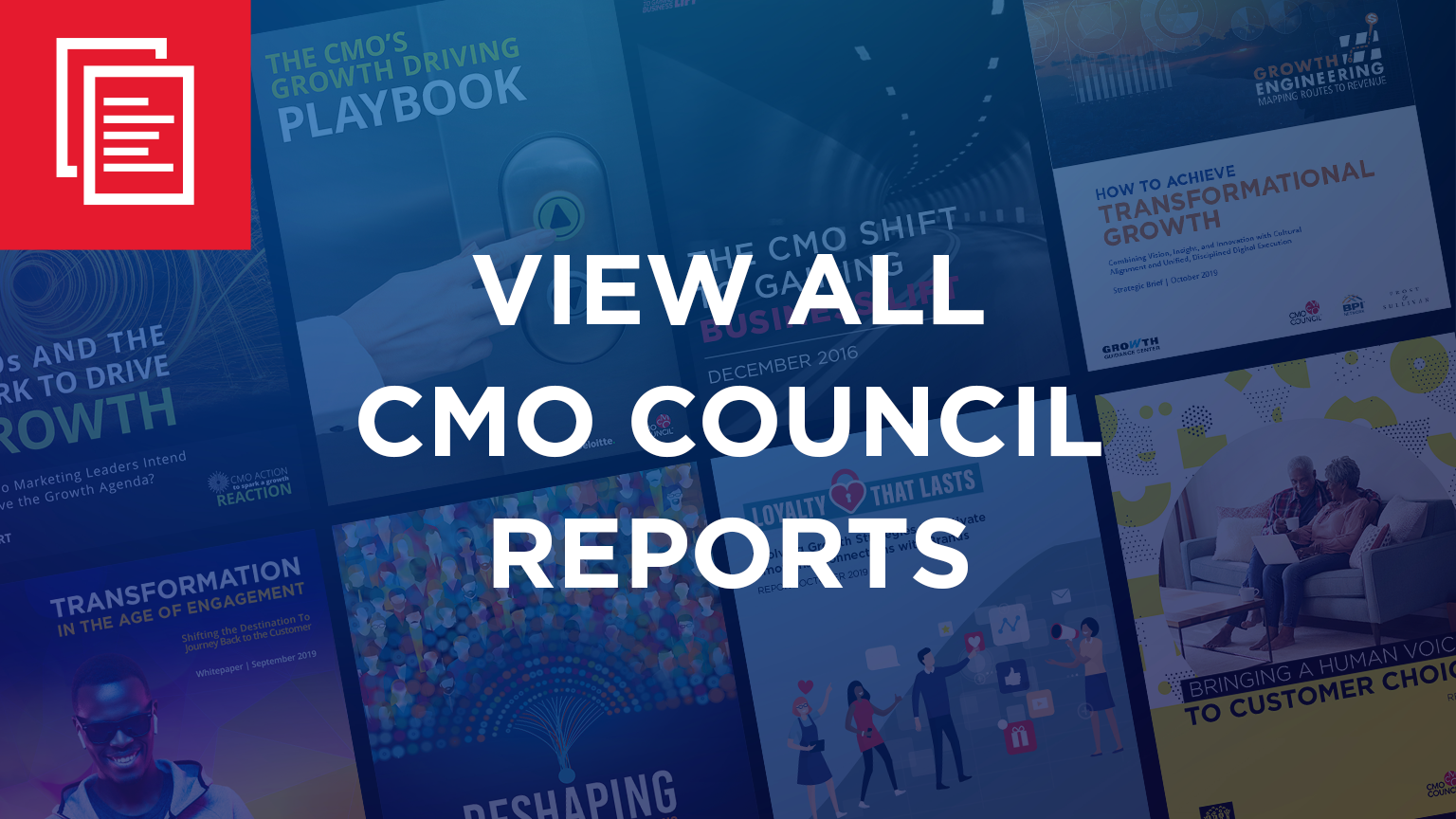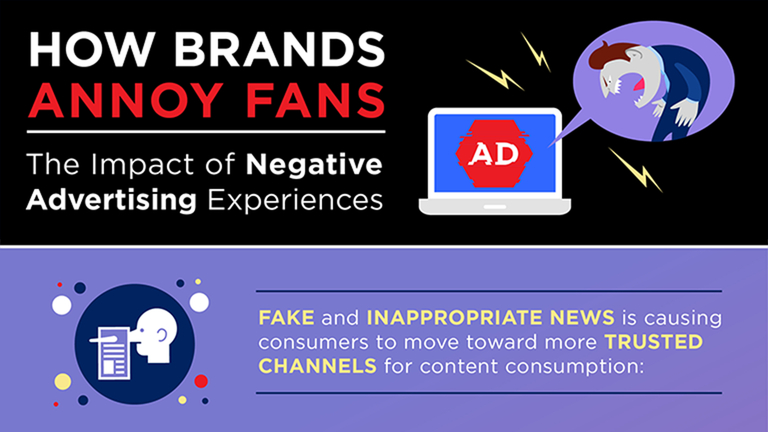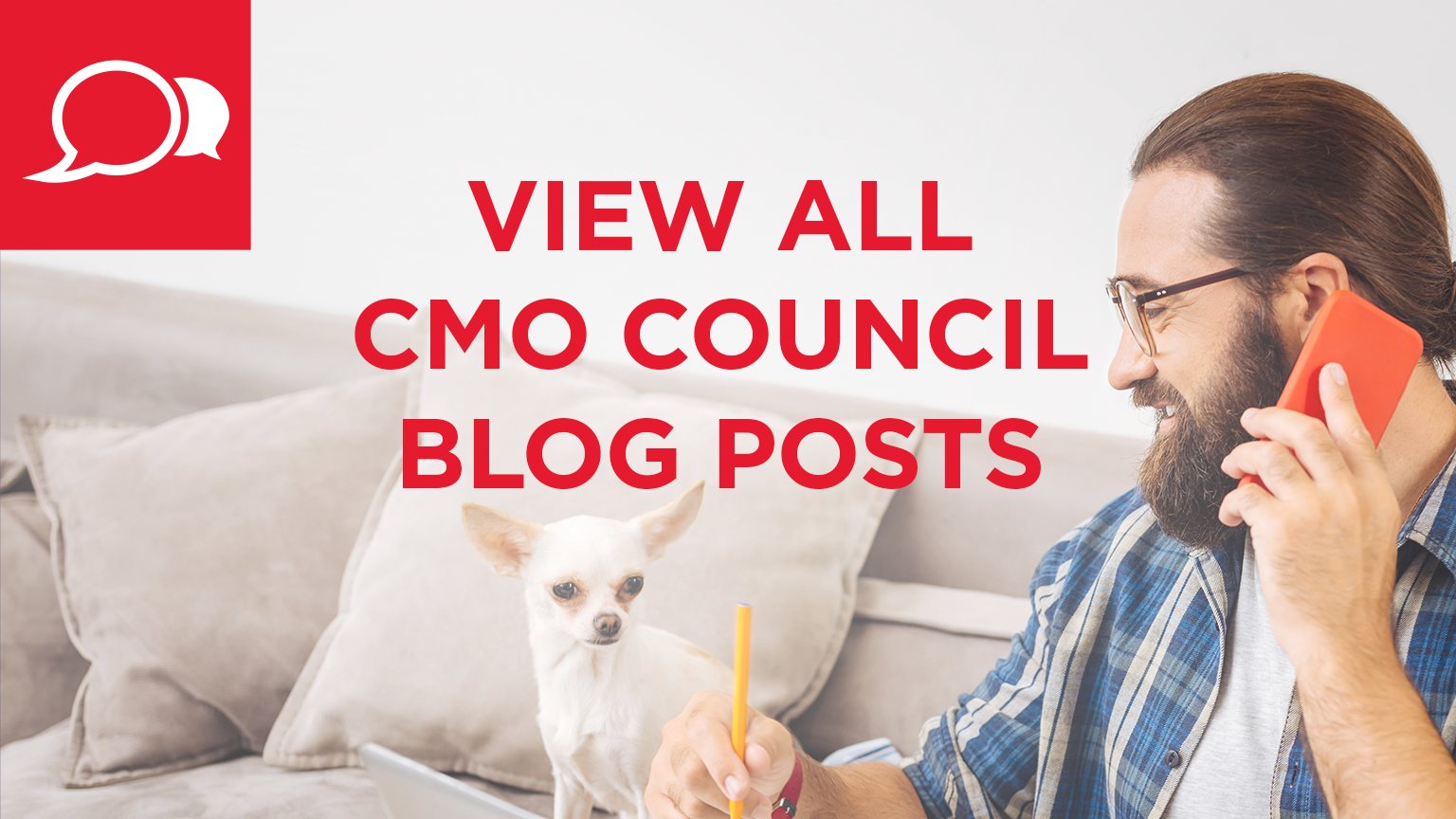The CMO Council teamed with Dow Jones to engage the Council’s global members, affiliates, partners and audiences on the topic of brand reputation and risk associated with programmatic buying of digital media advertising. As noted in the news, limitations in this technology-driven process have resulted in notable, image-sensitive brand ads appearing within or alongside hateful, derogatory and offensive rich media content, fake news, as well as non-contextual and inappropriate online channels.
As a result, chief marketing officers from the world’s most trusted and respected advertisers are taking steps to protect and safeguard their brands by reducing spend in certain digital channels until better controls, compliance and assurances are in place regarding the placement of ads and the integrity and relevance of content and audiences.
Programmatic media buying is on track to account for nearly 80 percent of all mobile and digital display ad placement this year, and is expected to represent some $33 billion in spend, notes Adweek. However, brands and their agencies are challenged to make sure they better control the content environments in which their ads are positioned at scale through automated systems. Many of those advertising in Google and YouTube have been compromised when their ads have run next to inappropriate, questionable, and hateful content that is not produced by trusted and reputable editorial sources. Despite these risks, automated ad buying will likely top $45 billion by 2019, notes eMarketer.
In an effort to assess the impact of digital advertising experiences on consumer perceptions and purchase intent, the CMO Council conducted a poll of 2,000 consumers across North America and the UK. The research looked at digital brand safety from the consumer’s perspective, and found that consumers are punishing even preferred brands if they don’t use trusted media platforms or take active steps to control the integrity of their ad environments. In fact, nearly half of all consumers indicate they would rethink purchasing from brands or would boycott products if they encountered brand ads alongside digital content that offends them.
As such, the CMO Council explored the issues, implications and impact of this further through conversations with domain experts; dialogues with large advertisers (technology, communications, travel, hospitality, luxury goods, fashion, financial services, health care, automotive, professional services). Some of the top brands that participated in the conversation include SAP, Reebok, United Rentals, AIG, Morgan Stanley, Vera Bradley, TUMI and others. We also surveyed leading marketers as to their concerns in advertising in the digital ecosystem, and the steps they are taking to protect their brands.
Topics explored with brand marketing decision makers and customer audiences include:
- Level of marketing leader sensitivity and concern regarding digital ad content compromises
- Plans and intentions to safeguard and protect brand integrity in digital advertising channels
- Importance and value of content and channel to brand advertising effectiveness and message delivery
- Measurements of harm or reputational impact on brands associated with adverse content
- Incidence and nature of brand compromises in online digital advertising programs
- Best practice approaches to assuring brand integrity in programmatic ad buys
- Using digital advertising science to create greater brand compliance and accountability
- Consumer and business buyer perceptions and reactions to brand misplacement in crowdsourced content channels
- Impact on allocation and evaluation of media strategy, selection, spend and buying approach
- Level of satisfaction with digital advertising effectiveness, economics, efficiency and transparency


